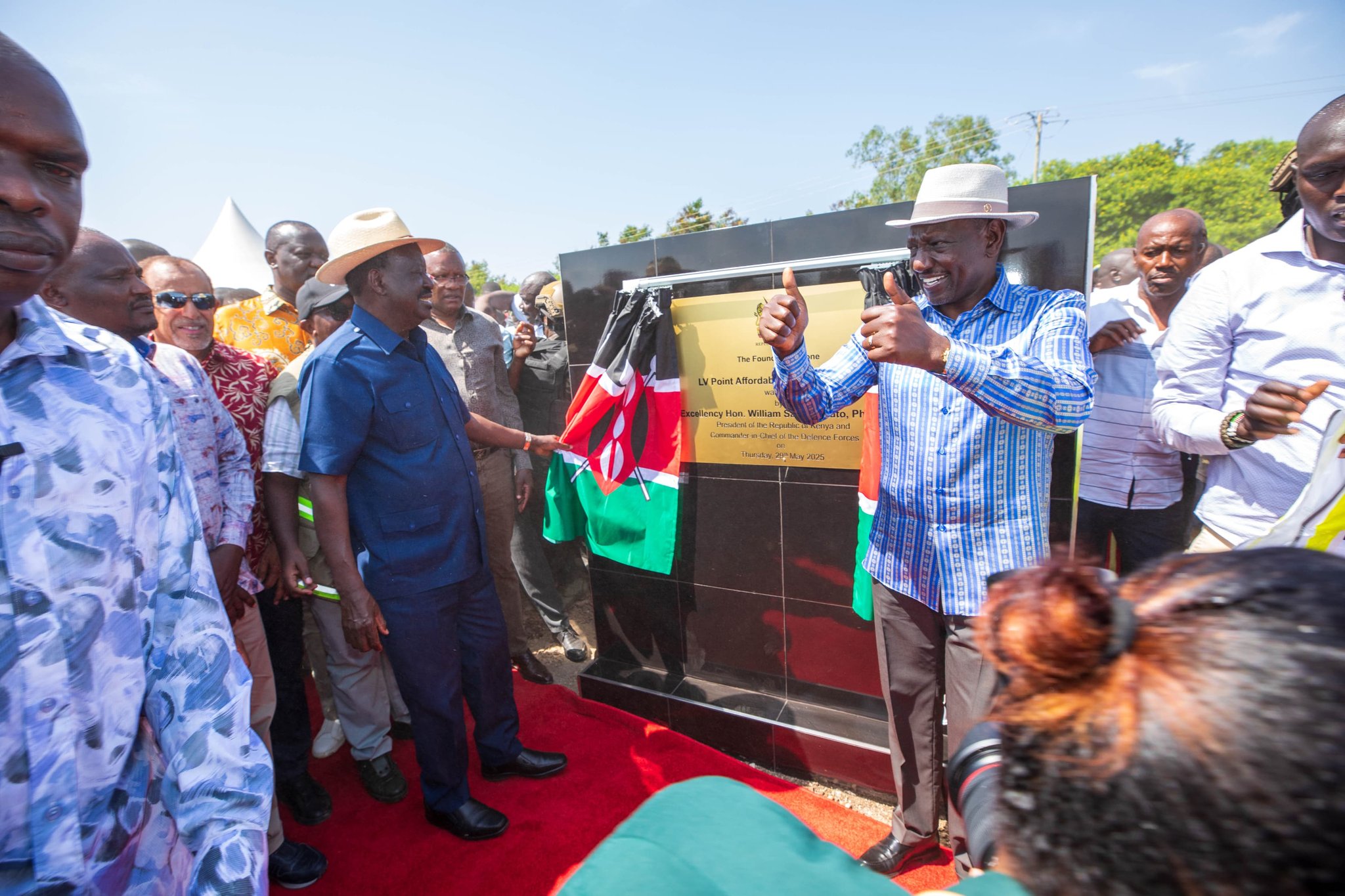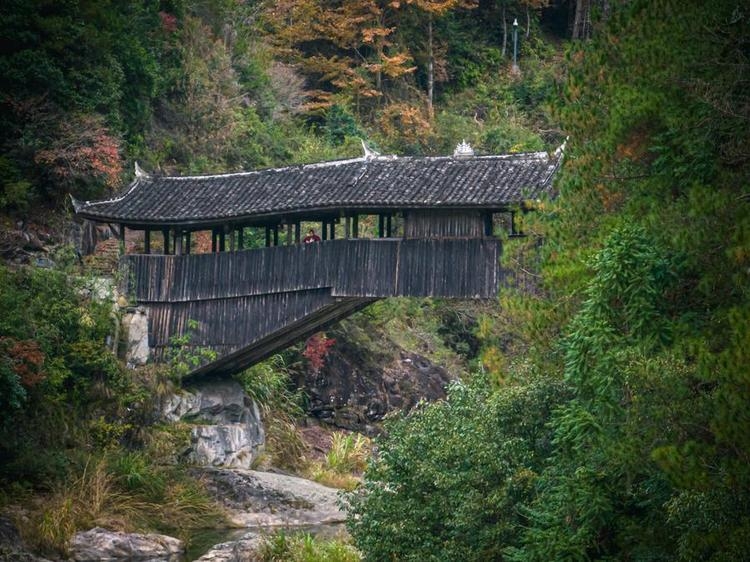 President William Ruto, accompanied by ODM leader Raila Odinga after laying the foundation stone for the affordable housing in Kisumu, on May 29, 2025./PCS
President William Ruto, accompanied by ODM leader Raila Odinga after laying the foundation stone for the affordable housing in Kisumu, on May 29, 2025./PCSPresident William Ruto is set to host a high-profile delegation of Siaya leaders, including Governor James Orengo, in a move signalling a potential easing of tensions between the county chief and opposition leader Raila Odinga.
Energy CS Opiyo Wandayi orchestrated the pivotal meeting, where Siaya county leaders are expected to present projects they would want the Kenya Kwanza administration to intervene in.
The breakfast engagement, scheduled for Thursday at State House, Nairobi, marks a significant moment in the evolving relationship between Ruto’s administration and one of Kenya’s most politically charged regions.
The meeting, convened under the implicit blessing of ODM leader Raila Odinga, follows concerns by some Siaya leaders that the county has continued to lag compared with its peers in the region.
On the surface, the agenda is straightforward: Siaya’s development priorities, but it is laced with loud political undertones.
Beneath the project discussions lies a deeper political calculus, if the arrangements are anything to go by.
Orengo, known for his legal acumen, is expected to present a memorandum outlining the county’s demands.
“We have to change tack, and while at it, our politics,” Oscar Omondi, a political commentator from Siaya aware of the intrigues, said.
Luo Nyanza’s loyalty to Raila Odinga has long been unquestioned, yet the winds of practical politics are blowing.
At the centre of the divide is the burgeoning rapport between Raila and Ruto, which has left regional leaders navigating uncharted waters.
Sharp divisions have played out over the direction the region should take, and whether the broad-based arrangement was the best way.
Orengo, a staunch defender of ODM’s traditional opposition stance, has been vocal in his scepticism about cooperation with Ruto.
His reluctance to embrace the growing camaraderie between Raila and Ruto positioned him as a dissenting voice within the party.
On the other hand are apologist voices rallying the region behind Ruto, arguing that there was no point in playing dissenting politics.
The standoff is said to be among the issues that slowed the engagement between the region’s leaders and the President.
Raila, during a session with Siaya leaders at the weekend, urged a ceasefire, arguing that it was not yet time for political competition.
He urged the competing forces to let the Orengo administration work.
“Time for campaigns is coming. Give the leaders, Orengo, Oburu and Alego Usonga MP Sam Atandi, time to work.”
Oburu Oginga, for his part, said they would not want unnecessary political fights to block development for the county.
“Development does not happen where there is division. We will go to the meeting as one people,” the Siaya senator said.
At some point, in a bid to fight isolation, Orengo attempted to secure an audience with the President in vain.
In a letter of April 17, Orengo wrote to the President, requesting a consultative meeting with Siaya leaders.
He listed Cabinet Secretaries and Principal Secretaries from the county as expended attendees as well as MPs.
Others were to be the speaker of the Siaya county assembly and MCAs, and members of the county executive committee.
At that time, however, the governor had mounted loud criticism of the Ruto administration, cooling the prospects of dialogue.
But the broad-based side vouched for an all-inclusive meeting, a position that is now held by all.
And with tensions easing, all elected Siaya leaders, including MCAs, are expected to attend the State House meeting.
Orengo also changed tack and has been accompanying Raila and Nyanza leaders in welcoming Ruto to the region.
Sources intimated to the Star that the approach is to reinforce the perception that the ODM leadership is keen on presenting a cohesive front,
The timing of the meeting is no accident, with the next general election looming, and Nyanza turning out as a key piece of Ruto’s re-election puzzle.
As Thursday’s meeting approaches, the stakes could not be higher.
Will it mark the beginning of a new era of cooperation between Siaya and the national government, or will it expose irreconcilable differences?
For Ruto, it is an opportunity to demonstrate that his administration transcends partisan lines.
For Raila, it is a test of whether his warming ties with Ruto can deliver concrete benefits without alienating his base.
INSTANT ANALYSIS
For the people of Siaya, the outcome will answer a pressing question in the region's politics: In the high-stakes game of Kenyan politics, does confrontation or collaboration serve them best? The answer may well shape the region’s and the nation’s political future. One thing is certain: All eyes will be on State House come Thursday morning.














